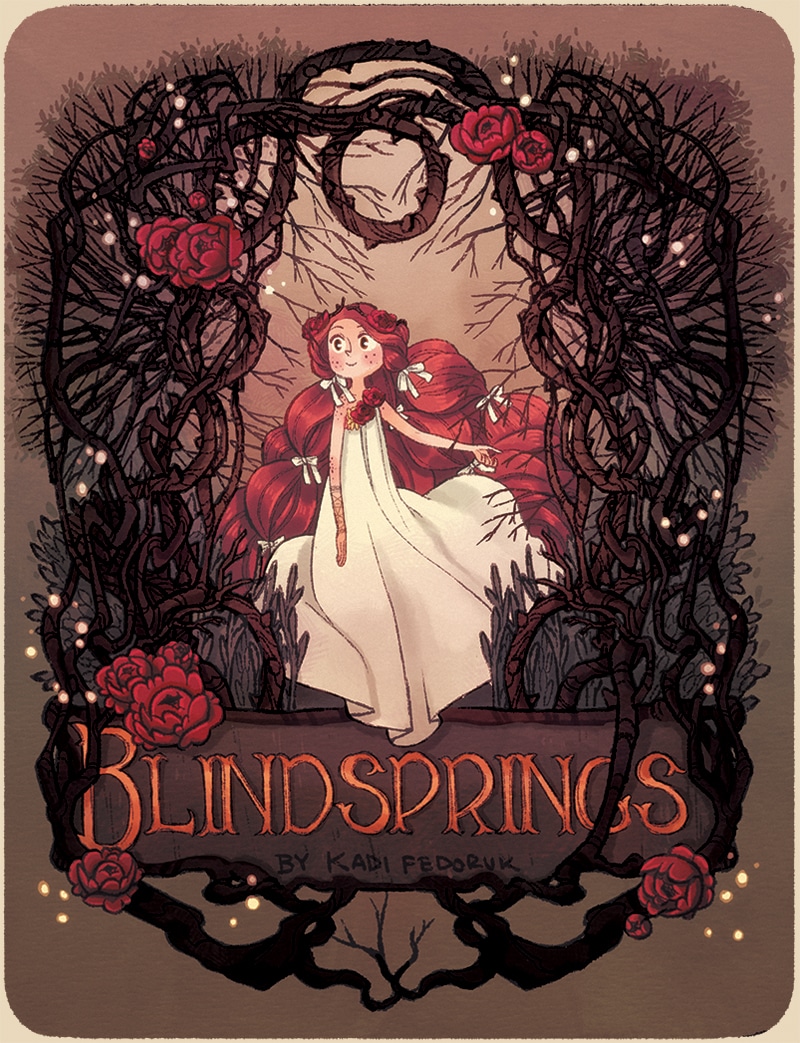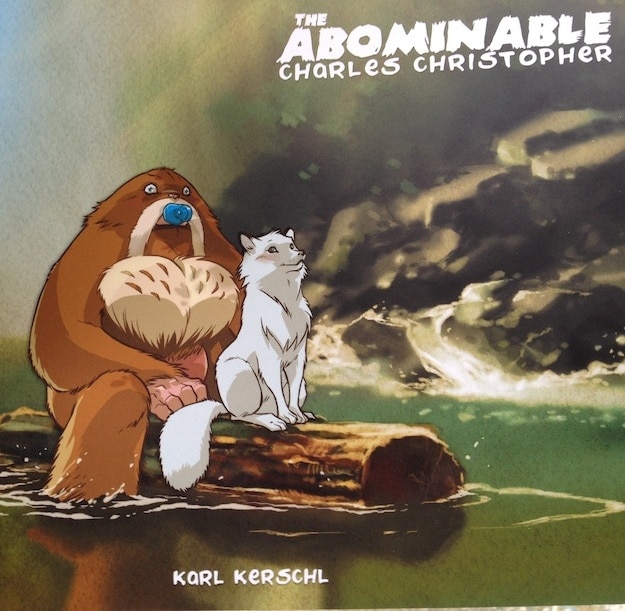Learn English Through Pictures Very Easy Interesting

Picture Perfect: 8 Awesome Ideas for Learning English with Pictures
You use your eyes all the time while studying English—probably too much.
So don't those hardworking eyeballs deserve a vacation from textbooks?
Try learning English with pictures instead.
Haven't thought about learning through pictures since kindergarten? No problem. We've got some stellar advice to help you learn more effectively through all kinds of readily available images.
Contents
- 8 Excellent Ways to Learn English with Pictures and Visuals
-
- 1. Illustrated Books
- 2. Recipe Books
- 3. Maps
- 4. Comics
- 5. Flashcards
- 6. Photographs
- 7. Videos
- 8. Useful Websites
Download: This blog post is available as a convenient and portable PDF that you can take anywhere. Click here to get a copy. (Download)
8 Excellent Ways to Learn English with Pictures and Visuals
Think back to your school days.
Some people could remember everything the teacher said to them. Others could perform a dance skit perfectly after doing it only once. However, some of your classmates might have had a photographic memory—able to remember pictures, people and places down to the smallest detail.
These lucky people were probablyvisual learners, preferring to look at diagrams, read books or watch movies to help them study. If that sounds familiar, you could be a visual learner! Visual learners explore the world with their eyes, so the way information is presented is vitally important.
Even if your natural learning style isn't visual learning, it's always good to shake things up. When learning a language, it's important to exercise your brain as much as possible and try learning things with new methods. Approaching the same topics and ideas from different perspectives will help them stick in your brain.
So, with all that in mind, here are some of our favorite ideas for adding visual learning to your study routine:
1. Illustrated Books
Illustrated books aren't just for kids, although children's books are a great place to start.

"Clarice Bean, That's Me" by Lauren Child is an award-winning book about Clarice Bean and her large, noisy family. The pictures are simple and eye-catching. The text is fun and casual. Not only is it a perfect book for beginners, but it also teaches plenty of English idioms.
Another classic is "Oh the Places You'll Go" by Dr. Seuss. The imaginative illustrations and quirky sense of humor will draw the reader into this inspirational book. The rhymes will also help with pronunciation—knowing that"day" rhymes with "'O'Shea," for example.
2. Recipe Books
These are very visual and you can pick any cuisine that tickles your taste buds. Even if you aren't a master chef, recipe books are fantastic for grammar practice! They contain plenty of food vocabulary and great examples of how to use conjunctions in sentences.

"Heston Blumenthal at Home" by Heston Blumenthal is wonderful in that it's both methodical and easy to follow. The recipes are explained in a simple yet scientific way and the gorgeous, glossy photos will give you an idea of what your finished dish should look like. For a cheaper alternative to a cookbook, you can also find recipes in magazines, apps and online. The Cookpad app, available for both iPhone and Android devices, contains over 1 million recipes from users themselves. With photos accompanying the directions, it's easy to see what to do next.
3. Maps
Something you might not have thought of—at least if you're not lost—is using maps! These are awesome for group activities, too. You can use street maps, orienteering maps or even sketch one out yourself. Hop right on to Google Mapsand starting clicking around in English-speaking countries. Look at all the sign posts, street signs, billboards and storefronts. Write down all the new phrases you see.
Maps of tourist spots make your vacation stories more realistic. You can tell everyone exactly where you were stuck in traffic and how your sat nav sent you the wrong way. Another tried and tested activity is map reading—one person giving directions to a place on the map and the other following them. You can spice things up a little by organizing a "treasure hunt," giving each member of the group a map and some directions which lead to a hidden object. This activity is brilliant for kids!
4. Comics

We're not just talking about traditional print comic books, there's a wealth of online comics too.
Luckily, Calvin and Hobbes by Bill Watterson comes in both formats, and you can also read it on Go Comics. Despite the heroes of the series being a 6 year old and his toy tiger, it still appeals to adults. The topics tackled are also quite advanced: politics, the environment and abstract art are just a few recurring topics of discussion. This is a recommended read if you already have a fairly solid understanding of English and a good sense of humor!

Blindsprings by Kadi Fedoruk is a beautifully drawn online comic that's suitable for just about anyone! It follows the magical adventures of a young girl named Tamaura as she leaves the forest and goes to the big city. The language used is simple and the art has a real storybook-like quality to it. If you enjoy reading fantasy comics, then this is for you!

The Abominable Charles Christopher by Karl Kerschl is about the adventures of an adorable and slightly goofy abominable snowman. Even though he's a silent protagonist, the other animals in the forest have a lot to say for themselves! The dialogue is a great way to learn conversational phrases and the illustrations fit it perfectly. This will appeal to lovers of anything cute who want to brush up on casual English.
5. Flashcards
Flashcards will probably bring back memories of cramming for exams! There are heaps of advantages to using them though—they're portable, quick, effective and inexpensive. You can use them on the train or in bed. You can pin them on the fridge to help you memorize vocabulary, grammar or even presentations.
Many websites likeInside Story Flashcards offer printable flashcards in sets to help you remember tricky vocabulary. Their flashcard sets give sample sentences so you can see how certain words are used in context.
Another great tip is to be creative and make your own cards! You don't necessarily have to be able to draw like Walt Disney either. TheExam Time website lets you create cards from scratch, so you can simply upload photos or images to use on the front of your own personalized cards!
6. Photographs
Most people use a dictionary when looking up a word they don't know. However, online search engines are also brilliant for this! If you type "'ravioli" into Google Images, you'll instantly be rewarded with countless pictures of delicious ravioli, which you'll then associate with the word itself. Photos can also be used for fun activities so that you can practice speaking! If you have native English-speaking friends or friends who are fellow learners, you can sit down together and describe your holiday photos or pictures of fashionable people—whatever piques your interest.
You can also play a taboo style game. For this, one person describes a chosen photo without saying certain words. For example, you have to describe a soccer ball without saying "soccer," "ball" or "sport." Your friends will then try to guess what you're talking about. Games like these can be enjoyed by children and adults alike!
7. Videos
Videos are "moving" pictures, and many visual learners enjoy and thrive on learning with them! With videos, you can see, hear and (if subtitles are included) read English in action, so you can work out a lot of English skills at once.
You can watch and learn from English movies, TV shows, web videos and so on. These can be found easily online on websites like YouTube, Vimeo, Netflix and other streaming platforms. Think about what you want to watch as well: Do you want instructional English videos made for learners? Do you want to challenge yourself with the kind of content native speakers would watch?

A resource that can help you with video-based learning is FluentU. It's a language learning program that takes short authentic English videos and combines them with study tools. Each clip has interactive subtitles that show and teach you the words being used, and you can review vocabulary with multimedia flashcards and quizzes.
8. Useful Websites
We all know that the internet is an indispensable learning tool. Here are some awesome websites for the visually oriented!

Visuwords is another fantastic place to expand your vocabulary. The vivid colors and great system of organization will appeal to visually stimulated learners. You don't even need an account– just type in the word you'd like to know about and it'll generate a kind of concept map. Concept maps are useful diagrams that resemble bubbles of related concepts connected by lines. In this case, they'll show how a word is related to other similar words.

Visual Dictionary Online presents you with full-color scientific diagrams including cross sections of buildings and fully-labelled pictures of vehicles. This dictionary is ideal for those who want to learn technical terms in English. It's also great for those who like to go into topics in great detail.
Those are just a few examples of the many resources out there for people who learn with their eyes. Above all, remember to pick activities that suit your learning style and enjoy!
Download: This blog post is available as a convenient and portable PDF that you can take anywhere. Click here to get a copy. (Download)
pohlmanvalmostricay59.blogspot.com
Source: https://www.fluentu.com/blog/english/learn-english-with-pictures/